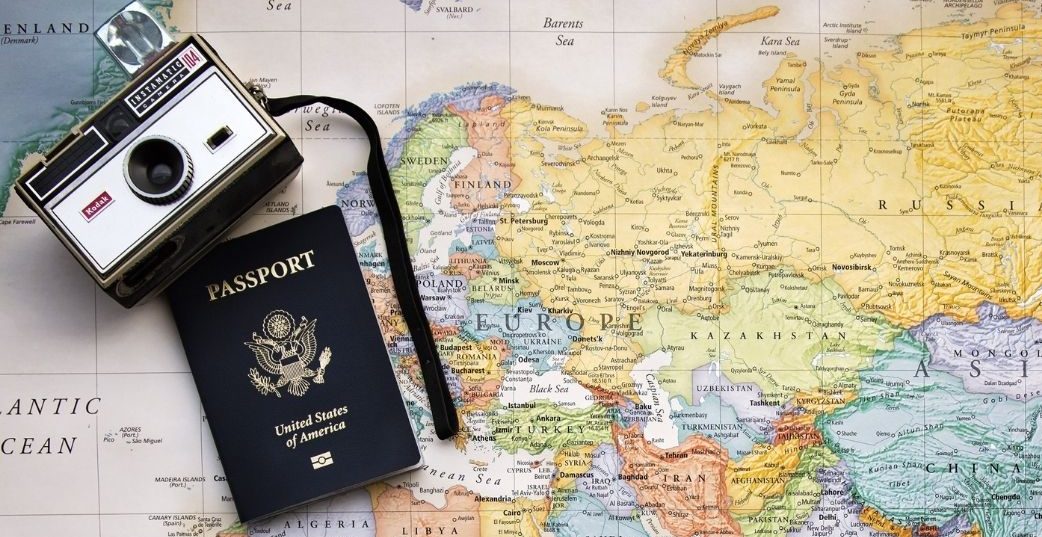Everyone’s been wondering when they can safely travel again. Some say as soon as the first vaccine is out, which could be as soon as January. Some of the largest pharma institutions around the world, such as Moderna, Sinopharm, University of Oxford, and Sinovac are already in stage 3 testing, which brings hope to ending this pandemic once and for all. Nevertheless, if a vaccine is found, it will take months for it to be distributed worldwide. Therefore others are sceptical and believe that no progress will be made at least until 2022.
With so many industries being largely affected, the travel industry seems to have been hit the most. There has been a 95% decline in air travel, with many airlines having to file for bankruptcy as a result. In Heathrow alone, there has been a 97% decrease in the number of passengers. So how can the industry recover? For now, the industry can only try to adapt to the changes imposed by the pandemic and simply hope for the best…
So what will the new norm of travelling be? What will flying look like when hundreds of lives are at stake from just one plane trip?
To answer these questions, it is relevant to look at how travel has evolved since the beginning of the outbreak:
Maintaining Social Practices
The World Health Organization has outlined three social practices that they deem necessary while travelling: social distancing of at least 2 metres, frequent hand washing, as well as compulsory face coverings in compact areas. Airlines have adopted these restrictions in the form of their own policy of leaving the middle seat empty, as well as overall deep sanitation of the plane before and after the entry of passengers.
Limiting the Number of Passengers
Another attempt at ensuring the passengers’ safety is by reducing the number of people allowed on the plane. Each airline is no longer allowed to fill more than ⅔ of the plane, resulting in no more high-density flights. This way, people feel safer and are more likely to slowly transition back to their usual flying habits.
But all of this comes at a great cost to the countless airlines trying to survive this pandemic, and here is how they’re affected:
Disruption of the Budget Carrier Model
With lower density flights, the model of budget carriers is disrupted. This model focuses on lowering the costs of tickets, allowing as many people as possible to buy tickets. However, now with the flights being cheaper, and few people wanting to partake, lower fare airlines are put in a difficult situation, as they depend on this model to make a profit. For example, Ryanair has already reported losses worth €185 million.
Costly Maintenance
Not only will they profit less, they also have to spend more on maintaining social practices, such as ensuring the plane’s sanitation and any other rules that are crucial for the passengers’ safety. All of these add up to annual expenses that are worth billions, and airlines’ only option to pay them off is through cargo partnerships or partnering with banks to sell airline-branded credit cards.
Destination Quarantines
Moving forward, airlines will have to take into consideration the entering travel restrictions of their desired destinations when planning flights. They will have to be more flexible in their arrangements and improve their policies in regards to switching flights to accommodate passengers. Moreover, new quarantine requirements for multiple destinations will test their response systems, and with the uncertainty of this pandemic, they will have to be highly adaptable at all times. And just like that, no one is rushing to be first in line to travel which is heavily impacting the airline industry.
Lastly, there will be a myriad of social standards for the airlines to uphold in order to maintain a good reputation. Not only will they have to intervene if someone has a slight cough or cold, but they will also have to remove the social stigma that it carries.
So where does this leave them? Will people ever enjoy flying again?
With around 4723 million flights noted in 2019 right before Covid-19, it’s safe to say that people won’t stop flying forever. Yes, of course, there will be a clear decline, as this virus has struck without warning, and the industry needs time to adapt. But over time, people’s love and appreciation for travel will resurface, and more flights will be booked every day. However, many people will still be cautious until the situation is clear, and will take other forms of transportation over planes, such as trains, cars, or boats. To be honest with you, I am one of those people.
For now, all the airlines have to unite and think of solutions together if they want to survive, as it affects them all equally. As the International Air Transport Association said, “the industry is only at the beginning of a long and difficult recovery, and just like that, the uncertainty prevails.
International Management, Year 2






A great article and a brilliant breakdown of what we are to expect for the future.
Very informative and topical!